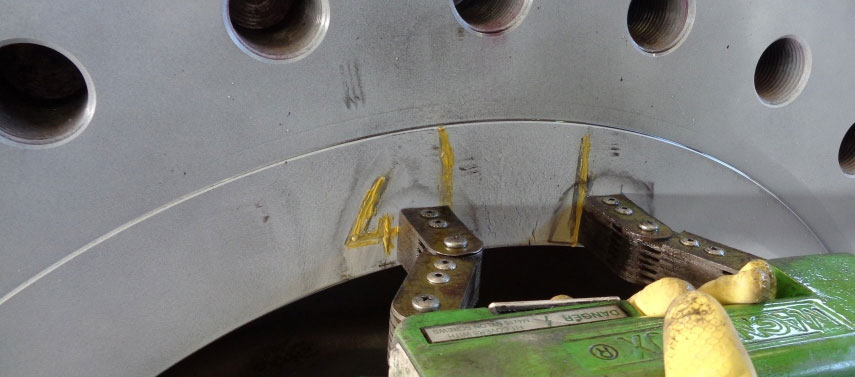We take a bottom-line approach to each project. Our clients consistently see increased traffic, enhanced brand loyalty and new leads thanks to our work.

The principle of the Magnetical Particle Testing (MT) exploits the property of some materials, known as ferromagnetic, of attracting other materials or themselves. Through special equipment an intense magnetic field is applied to the test piece. If there are surface or subsurface discontinuities, they disrupt the magnetic flux lines and create a localized flux escape, detectable by the application of pigmented ferromagnetic particles.
Metalprove S.r.l. performs magnetical particle testing by using dry or liquid (in suspension) detection media, with the possibility of varying the magnetization techniques and under photopic or scotopic viewing conditions.
The adopted reference standards may have European (EN ISO 17638, EN ISO 23278, EN ISO 9934-1, EN 1369, EN 10228-1, EN 10246-12, etc.) or American origins (ASME Sec. V, ASME Sec. VIII, ASTM E709, ASTM E1444, etc.).